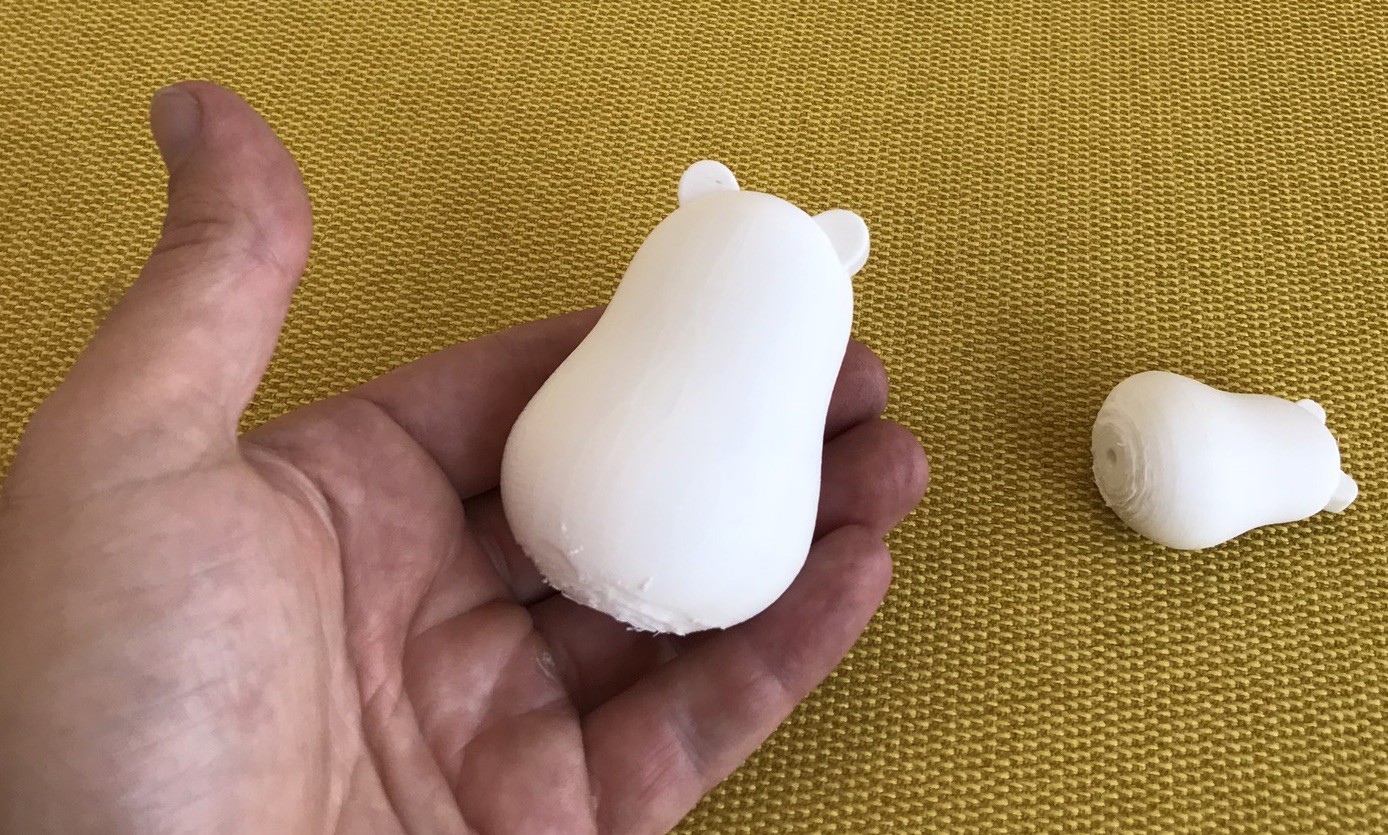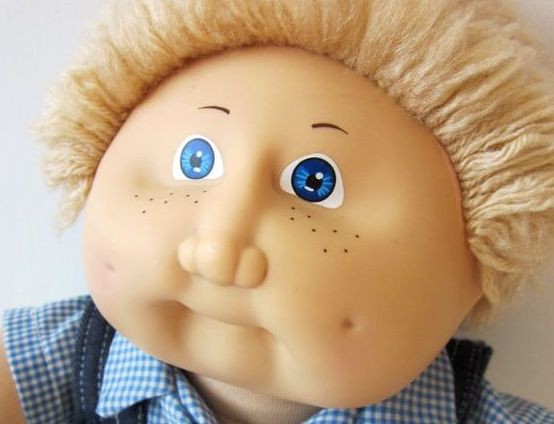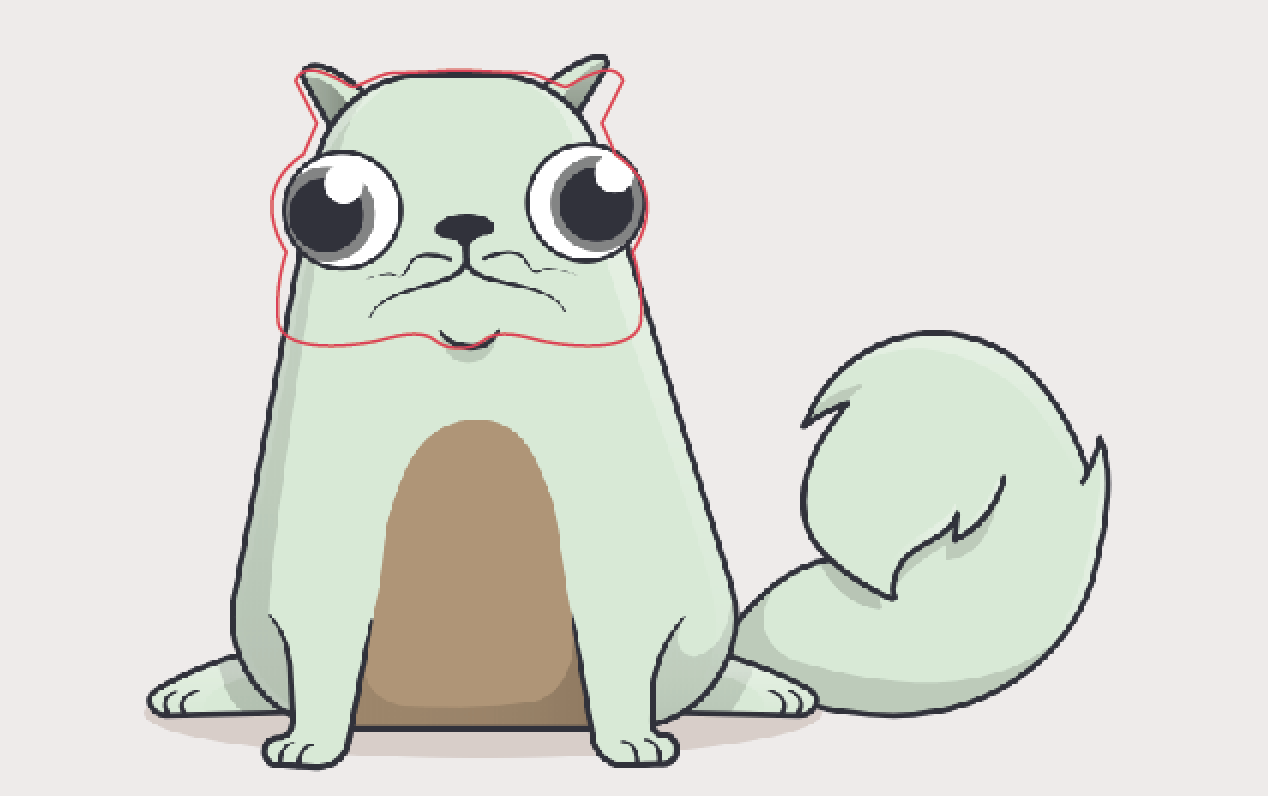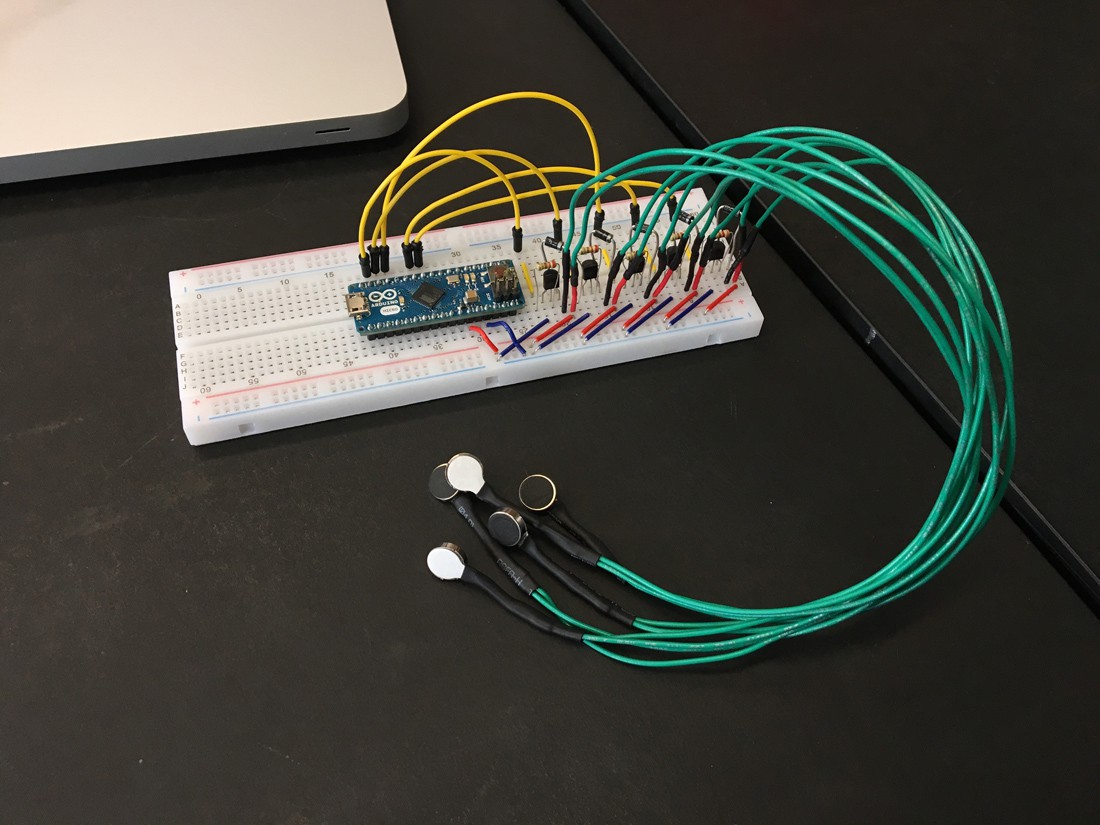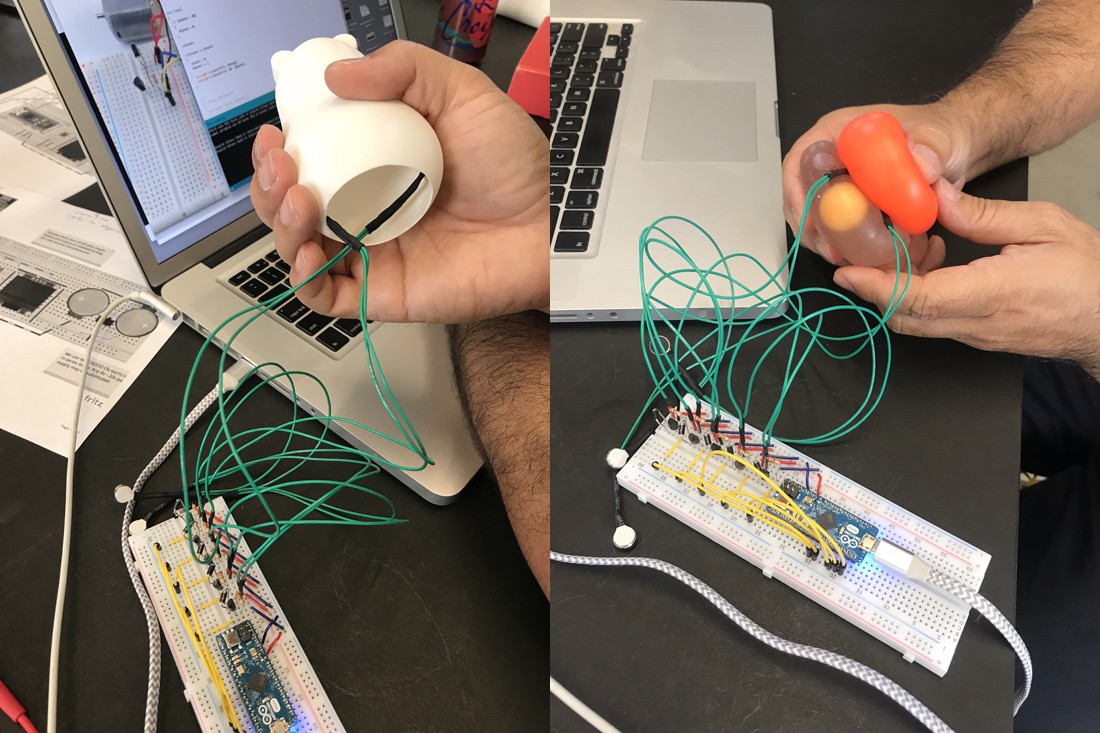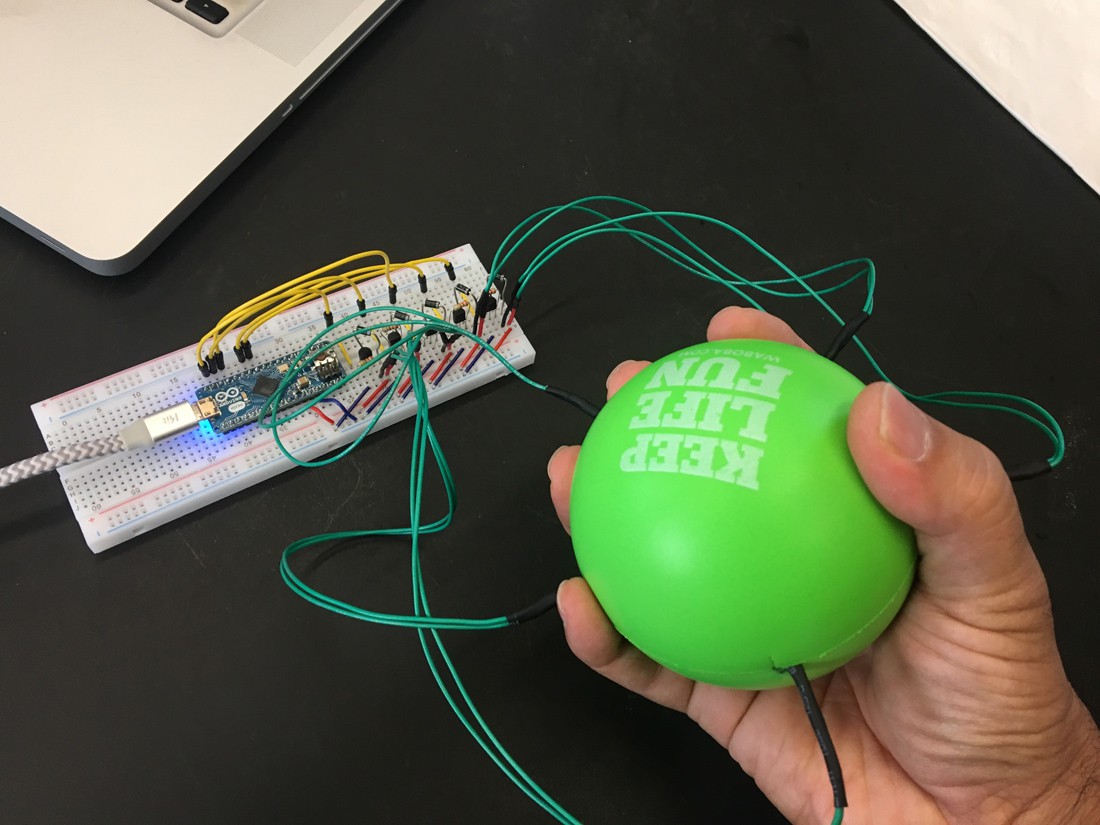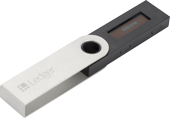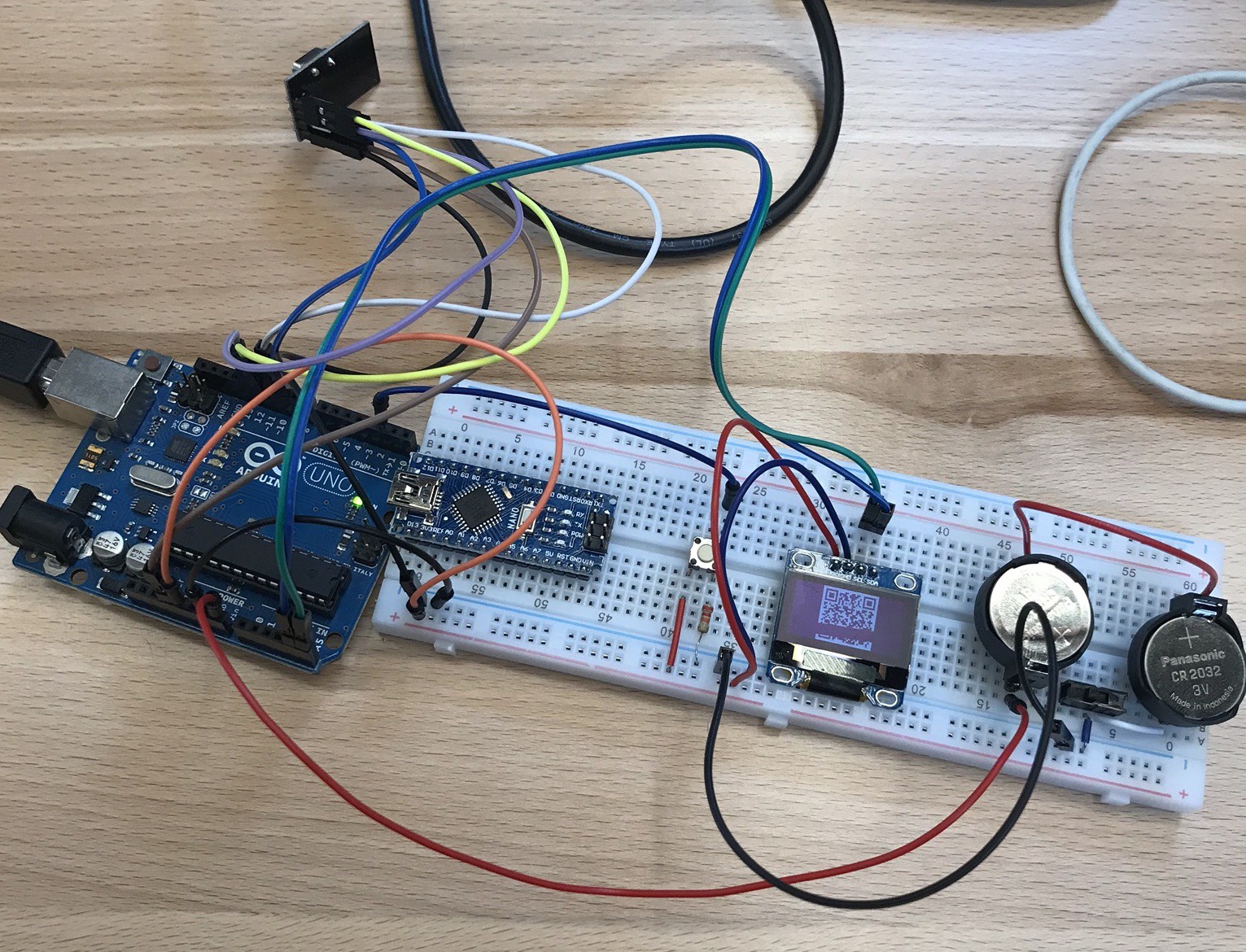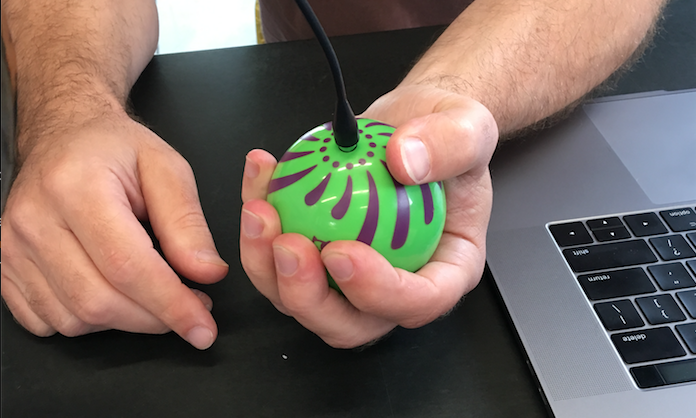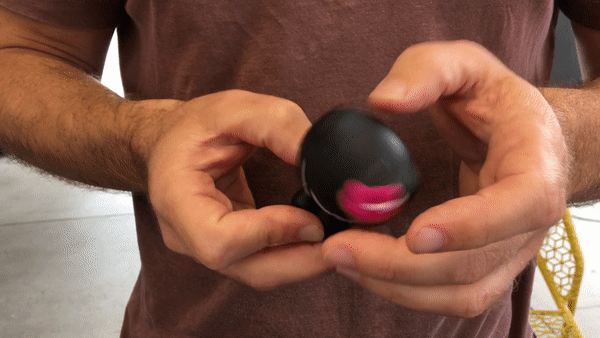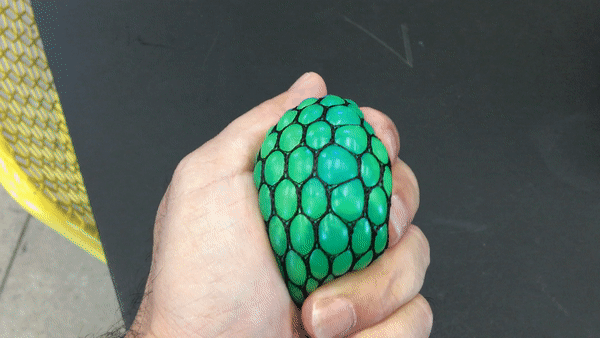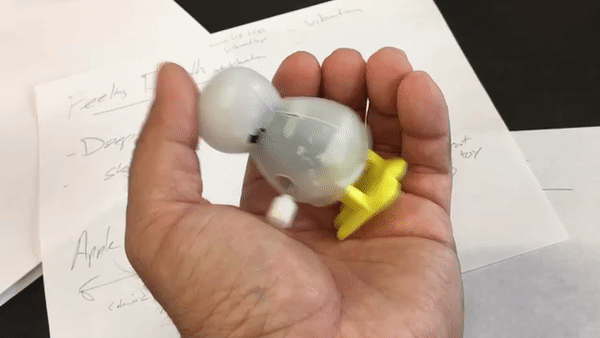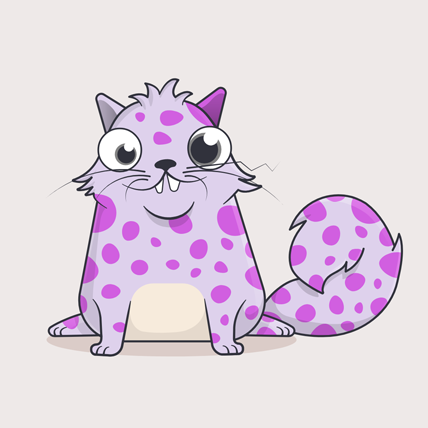-
A place to call home
06/28/2018 at 23:06 • 0 commentsIn considering a Cherishable's embodiment we started a few thoughts and questions to guide the process:
1. Digital creatures will be exchangeable, meaning you can "send the soul" either in or out of the device.
2. Because different unique creatures are to inhabit one device at a time we want to arrive at a general form that is not too specific to one kind of digital creature.
3. For the volume and shape we begin with a tear drop and a few silhouette.
![]() 4. The size, can you hold it with two hands or just one? is it meant to be taken with you? perhaps in you pocket or backpack.
4. The size, can you hold it with two hands or just one? is it meant to be taken with you? perhaps in you pocket or backpack.![]()
5. The aesthetics, looking to the past a cabbage patch kid come to mind as a reference point. They are the original one-of-kind collectable toys, each one begining born different. In comparison the creation of a CryptoKittie is also the first of is kind, a unique one-of-kind digital collectable.
![]()
The cabbage patch kid heads has an interesting shape and volume to it.
![]()
We took a few Crypto kitties head silhouette as another interest point.
-
Make it vibrate
06/28/2018 at 18:50 • 0 commentsThings are going well for Cherishables, we continue to make progress on the device. One of the key questions for us is how the device will actuate and behave. Our earlier experiments pointed us in the direction of vibration as a form of output/display. Vibrating motors are readily available for consumer devices, there is a robust market for these little guys. They are used in everything from smartphones to gaming controllers to cheap toys.
The main question we face is how exactly will these motors express behaviors, or qualities, in the final device? If each "soul" that is stored in the device is unique and distinguishable from others, how do we create a system that will accommodate this? It must be compelling to the user, something beyond simple buzzes and beeps.
Our task is to design the behavior of the device, using vibration as material.
For this we will need custom tools. Unfortunately, there is no Adobe Vibrator designer to easily mock up and design vibrations, we have to invent this.
![]()
The first vibrating rig has 5 motors attached to an Arduino Micro. We can begin to experiment with modulation the vibration patterns as well as the sequence the motors are turned on and off. There are many possibilities here. The motors have connected with long wires so we can stick them into various cavities and materials. How the vibration emirates through the chosen form factor and material composition will also have an effect on the final feel of the device.
![]()
The differences between using a 3D printed shell and a squishy ball sandwich were very interesting.
The 3D printed shell allowed vibration to "leak" over the entire surface of the form, but if a finger was placed directly on top of a motor, it was evident that there was a motor there. So there seems to be some falloff of vibration moving away from each motor. Adding more motors only diluted the vibration, making the individual motors harder to feel.
The squishy material tended to absorb the vibration a bit more. It was difficult to detect the presence of each motor individually. Vibration was essentially smoothed over the entire squishy form. Squeezing gave the feeling of turning up the vibration volume, as the amount of material between the motors and fingers was effectively decreased.
Again, we are in search of different qualities of vibration. We want skin level effects, and deeper vibrations that seem to bubble up from the deep.
![]()
Here we decided to stick some motors in a foam ball. The ideas was to have the motors pulse in sequence, making a kind of spinning, or orbiting, feel to the vibration sequence. This failed completely. There are just too few motors, and depending on how you held the ball, some motors had more presence than others. You could not feel all the motors equally. We stuck with it, though, and after a few adjustments, we were able to get the motors to effectively pulse in what felt like a heartbeat. This would be the deep, user the surface, effect we were looking for. A combination of foam and the alternating pulses allows this to happen. It merits further exploration.
-
Storing the Soul
06/22/2018 at 16:14 • 0 commentsEach creature must be transferred and stored on a Cherishable device. We call this "Sending the Soul." In essence, a Cherishable functions like a hardware wallet. Typically they look like this:
![]()
Wallets have a set of private keys to keep your crypto currencies and collectable assets safe. A Cherishable will need some method to store collectible assets off line similar to a conventional hardware wallet.
We began to investigate the hardware needed to accomplish this and decided to use an open-source device called Firefly.
What is a Firefly?
It's an open-source, affordable, air-gapped hardware wallet for Ethereum. We decided to build one as part or our research. The goal was to see how it worked and in the process to think about how this might be a useful in storing our digital assets in an object off the internet. Our next step is adding one of the crypto kitties we breed on to it. The Firefly works with a companion application called Ethers wallet.
![]()
-
Inspiration and Research
06/18/2018 at 19:32 • 0 commentsWe looked at everything from 99 cent store tchotchkes to toys for cats. Trying to get an idea for what this device might feel like in your hands. Is it soft and squishy, or more solid and firm? Where are there potential opportunities to actuate materials? And how would those function as unique properties of the device.
![]()
![]()
![]()
![]()
![]()
We discovered that there are different classes of vibration. Some toys felt like the vibration came from deep within the device, whereas some objects vibrated very much on the surface. This made us think that there could be different "depths" of vibration, almost like skin qualities versus heartbeat. One emirates from within, while the other is specific to a location on the surface of the device. With different depths, there could be different variations of movement.
-
Hello World
06/18/2018 at 18:56 • 0 commentsCherishables is an ambitious project. And, eventhough we have surely bitten off more than we can chew, we dive head first into blockchain based games, and hardware design for a device that can physically express a myriad of genetic traits.
Wait, what does that even mean?
So far as we can tell, this means merging something like a Furbee with a game like Cryptokitties.
Wait, what is Cryptokitties?
Cryptokitties is a blockchain based game that allows players to buy, sell, and breed one-of-a-kind digital cats. Each cat in the game is totally unique and has a set of 8 traits that are used to generate the cat's image. Here's one now:
![]()
The central game play is focused on collecting rare cats. This can be done through breeding or buying cats on the CK marketplace. Each cat is recorded as a non-fungible token on the Ethereum platform. The game gained a lot of attention for its use of blockchain to introduce the notion of scarcity in a digital form. In Cryptokitties, rare and collectible cats cannot be cloned or duplicated, there are only a set number of them forever and ever. In time, their value will only increase.
The most expensive cat was auctioned for $115,000. Do we have your attention now?
What does this have to do with Cherishables?
We are very interested in the idea of a collectible creatures, and are using Cryptokitties as inspiration and a starting place to begin thinking of our own game that allows players to "feel" a digital animal. Digital scarcity is indeed a fascinating concept, something that will have long ranging implications in the near future, but we feel there is an opportunity to design a physical object that allows a more tactile experience with an otherwise shapeless, and formless digital asset.
So, in the coming weeks we will be exploring how to create a handheld device that moves, wiggles, or vibrates in some fashion to express a handful of uniques genetic traits. We will also be getting familiar with blockchain games to understand how they work and how a Cherishable might fit into a game of collectible creatures.
Cherishables
Digital collectables made tangible. Bringing life to blockchain based creatures.
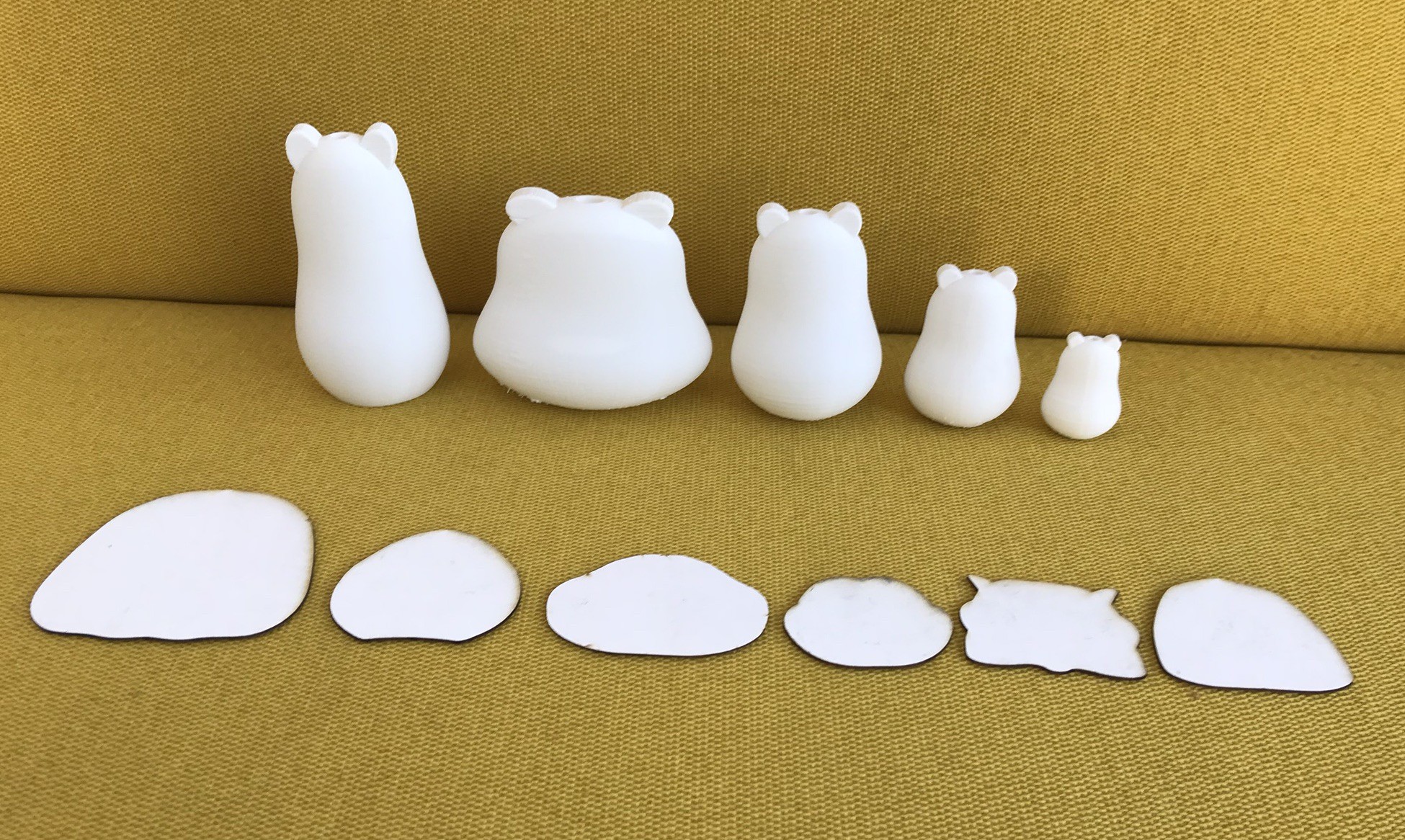 4. The size, can you hold it with two hands or just one? is it meant to be taken with you? perhaps in you pocket or backpack.
4. The size, can you hold it with two hands or just one? is it meant to be taken with you? perhaps in you pocket or backpack.